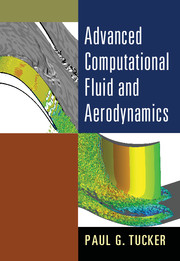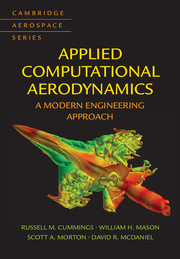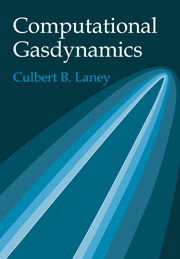Advanced Computational Fluid and Aerodynamics
The advent of supercomputers has brought computational fluid dynamics (CFD) to the forefront as a tool to analyze increasingly complex simulation scenarios in many fields. Computational aerodynamics problems are also increasingly moving towards being coupled, multi-physics and multi-scale with complex, moving geometries. The latter presents severe geometry handling and meshing challenges. Simulations also frequently use formal design optimization processes. This book explains the evolution of CFD and provides a comprehensive overview of the plethora of tools and methods available for solving complex scenarios while exploring the future directions and possible outcomes. Using numerous examples, illustrations and computational methods the author discusses turbulence modeling, pre and post processing, coupled solutions, the importance of design optimization, multiphysics problems, reduced order models, and large scale computations and the future of CFD. Advanced Computational Fluid and Aerodynamics is suitable for audiences engaged in computational fluid dynamics including advanced undergraduates, researchers and industrial practitioners.
- Provides an overview of diverse computational fluid dynamics methods
- Explores modern computational fluid dynamics and how it will evolve in the future
- Presented in an accessible fashion for readers
Reviews & endorsements
'This book covers a huge amount of advanced material, but is extremely well written and presented, making it easy and enjoyable to read, and this is aided by the excellent choice of results and illustrations used to complement the text. It is also so comprehensive it is doubtful there is an upper level of experience, either academic or practitioner, where this book wouldn't present something of interest … In summary, this book would make very interesting reading for any graduate student, researcher or practitioner in the numerical aerodynamics field. It provides sufficient background and technical detail to be able to develop and understand detailed numerical methods and also covers some more advanced material in a manner that can be followed. It would make a valuable addition to the library of anyone with an interest in this area.' Christian Allen, University of Bristol
'The book by Paul Tucker represents a great compendium of this topic that can be useful for B.Sc. or Ph.D. students or can work as a consultation manual for specialists working on the field. … I had the opportunity to review the hardcopy edition and I recommend it to any student or as a consultation book for the shelf of any engineer working on the field.' Juan A. Añel, Contemporary Physics
'This book covers a huge amount of advanced material, but is extremely well written and presented, making it easy and enjoyable to read, and this is aided by the excellent choice of results and illustrations used to complement the text. It is also so comprehensive it is doubtful there is an upper level of experience, either academic or practitioner, where this book wouldn't present something of interest. … In summary, this book would make very interesting reading for any graduate student, researcher or practitioner in the numerical aerodynamics field. It provides sufficient background and technical detail to be able to develop and understand detailed numerical methods and also covers some more advanced material in a manner that can be followed. It would make a valuable addition to the library of anyone with an interest in this area.' C. B. Allen, The Aeronautical Journal
Product details
March 2016Paperback
9781107428836
578 pages
254 × 178 × 30 mm
1.06kg
270 b/w illus. 46 tables
Temporarily unavailable - available from July 2023
Table of Contents
- 1. Introduction
- 2. Governing equations
- 3. Meshing
- 4. Numerical methods
- 5. Turbulence modelling
- 6. Pre and post processing
- 7. Advanced simulation
- 8. Simulation in the future.






